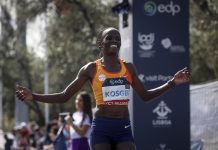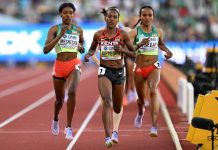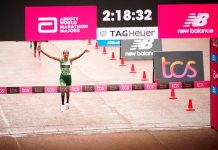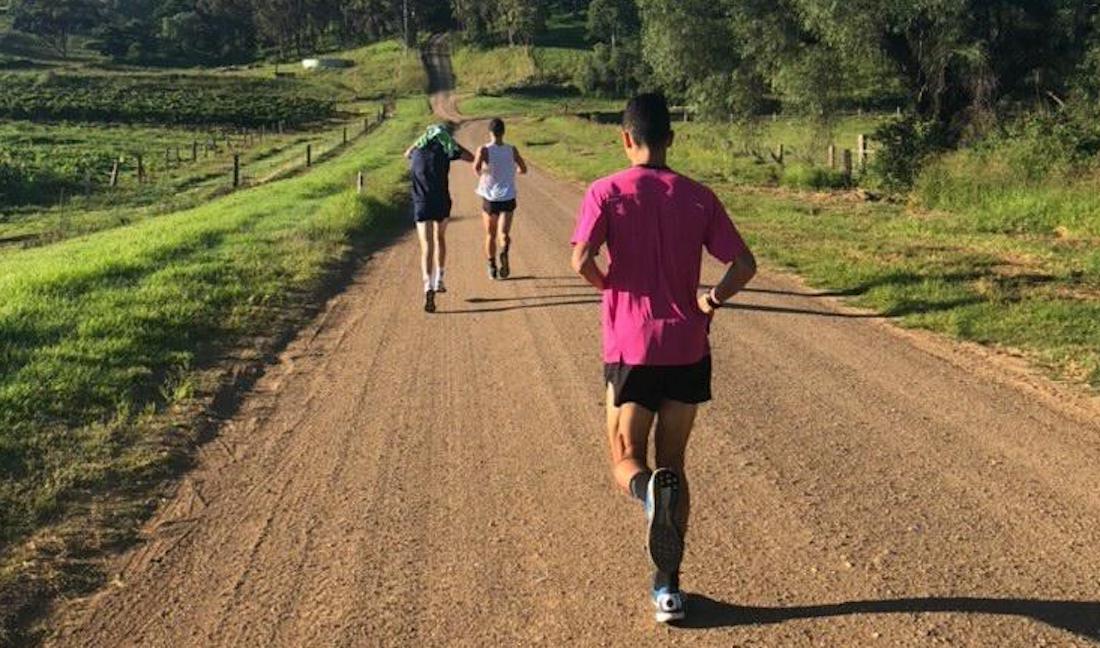Thank you, Runner’s Tribe, for getting this segment back up and running. It is always a great read and a good insight into what athletes and coaches alike are up to in their training methodology.
I am a former middle-distance runner from NSW with personal bests of 3:37 for 1500m, 3:58 for the Mile and 1:48 for 800m. I am currently the Head Coach of Team Gazelle Running and have spent the last 12 years honing my coaching skills at Trinity Grammar School coaching both Track and Field and Cross Country. Here we strived to balance both high performance with that of the students who just wanting to run. Our goal was simple build a fraternity that sought great results but also laid the foundation for a life-long love of running. This part of my athletics career has been the most educational and enjoyable, with regular competitions against schools coached by former high performing athletes, Waverley (Roffy), Knox (Bromley/Gurr), St Aloysius (W.A.C) and working alongside the Athletics great Andrew Murphy.
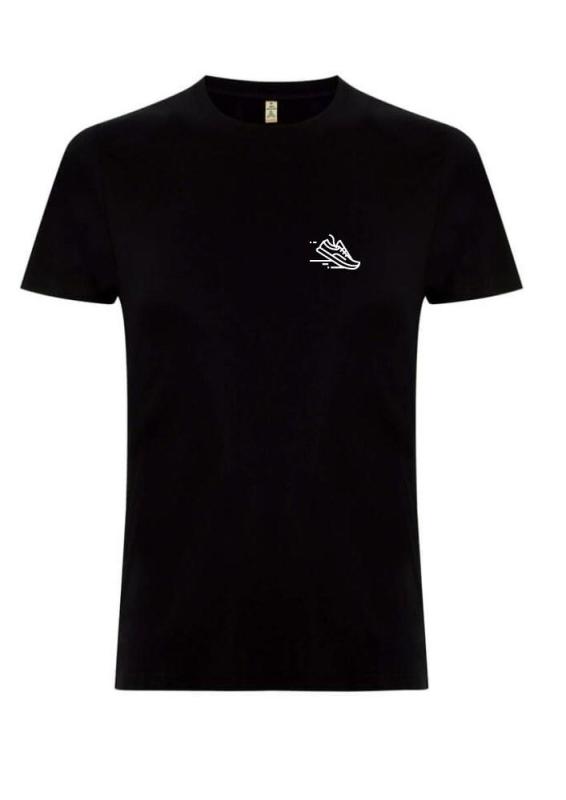
During my time in the sport, I have been very fortunate to have had great mentors in Jimbo Fitzgerald, Ken Green, Andrew Murphy and Lindsay Watson while being able to work with some formidable athletes. My coaching journey began with guys like Cameron Griffith and Oliver Hoare at Trinity Grammar School and with Team Gazelle Running I have been able to work with the likes of Aaron Houston, Jonty Meaker, Dylan Offord, Lachie Townsend, and Thomas Virgona. As a result of my own deficiencies in my running career and having spent most of my coaching career working in the school arena, I have a deep passion for both youth development, wellness and load management, and long-term athlete development. I have a small Maitland (NSW) based training group, a Sydney based training group, looked after by Paul Raptis and several rural based athletes I coach via distance.
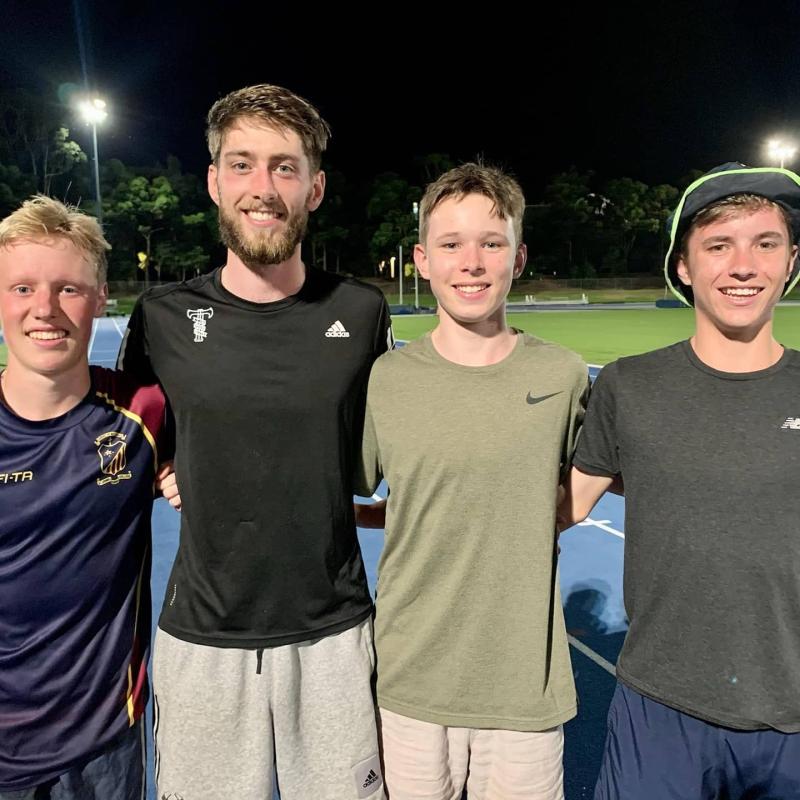
When I first got asked to write about my 4 Key sessions, my initial thoughts went straight to those sessions that I employ with my athletes, rather than the sessions I did as an athlete. But I also feel like I need to pay tribute to that training as it was both proven and simple to get right. However, as we all know simple isn’t always easy.
Key Session 1: Drop Down 200m
I was exposed to this session when I was around 20 with Werner Botha (1:47 800m Man). It was a tough session, and it is a session that has often struck fear into the boys at Trinity, although some boys relished it and now use it as one of my predictor sets for the 800m athletes.
8x200m with 3mins 30sec rest reducing by 30sec each rep
The goal is to start out at your 800m Goal Pace and hold it through the remainder of the set. The first 5-6 feel rhythmical, while the last 2-3 reps you know you are in a battle. By combining the times of your last 4 reps you have a predicted 800m time.
Key Session 2: Gammoudis
This type of session was made famous by the Tunisian Mohammed Gammoudi where he would do 3000m with the first 1000m in 80-82sec, the next 1000m at around his 5km pace 67sec and then his final 1000m pushing 60sec.
As an athlete we did this as a 6 lap cutdown with the first 2 laps at 80sec, the middle 2 laps at 70sec and the last 2 laps chasing 60sec.
As a coach a prescribe a few variations of this but typical the 6 laps would be 800m at 10km pace, 800m at 5km pace, 400m at 3km pace and finishing with 400m at 1500m pace for a 2.4km interval.
The goal here is to find a solid rhythm and to gradually accelerate through to the next pace. Currently the favourite session of Lachie Townsend.
Key Session 3: 1km Breakdowns (500m, 300m, 200m)
We use this session a couple of different ways depending on the time of year. Mostly it is done specific preparation with 4 x (500, 300, 200) at 1500m Goal pace with 1min between reps and 4 between sets. Or it is used to link our endurance phases to our more specific phases where we are working towards faster paces, and it would look like this 4 x (500m + 300m jog + 300m + 200m jog + 200m) working from 5km pace down to 3km goal pace.
I remember when Cameron was in year 11, he worked through this session at his 1500m pace (61sec) and completing the last set going 72sec, 42sec, 27sec all on a 309m grass track around the Schools No. 1 Oval.
Key Session 4: Change of Pace Drills
My final key session I think is integral to any middle-distance athlete’s repertoire and that is the ability to change pace.
As an athlete with Lindsay we would complete a set of 4-5 x120m which was broken down into 30m intervals. The first 30m was accelerate, next 30m glide, the next 30m was drive and the final 30m Sprint.
With my crew I use 5x150m with 3x50m sections which are sprint, float, sprint. We usually describe these parts as the first 50m start like a 400m, the second 50 relax to 800m pace and the final 50m sprint.
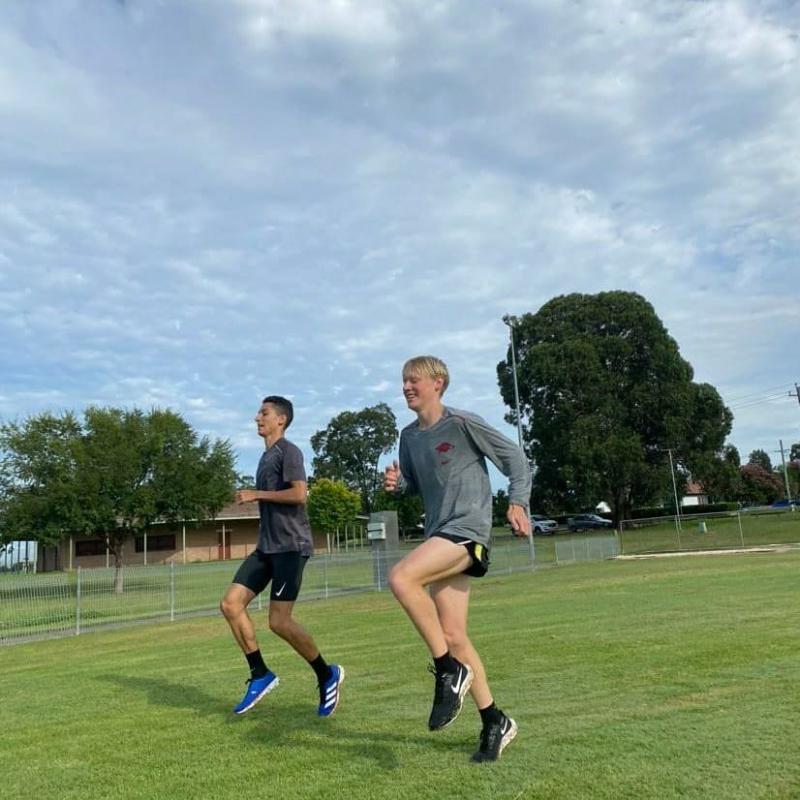 Honourable Mention: Strength Work and Recovery Sessions
Honourable Mention: Strength Work and Recovery Sessions
I firmly believe these 2 types of sessions should always have a place in a training program and year-round. They both help build resilient and robust athletes and ultimately enables you to do either more volume or higher quality work. These are both especially important for youth athletes as you are setting good habits for the future.
I hope you have enjoyed the read and can take something away from the sessions, stay safe, and love your running.
View this post on Instagram



